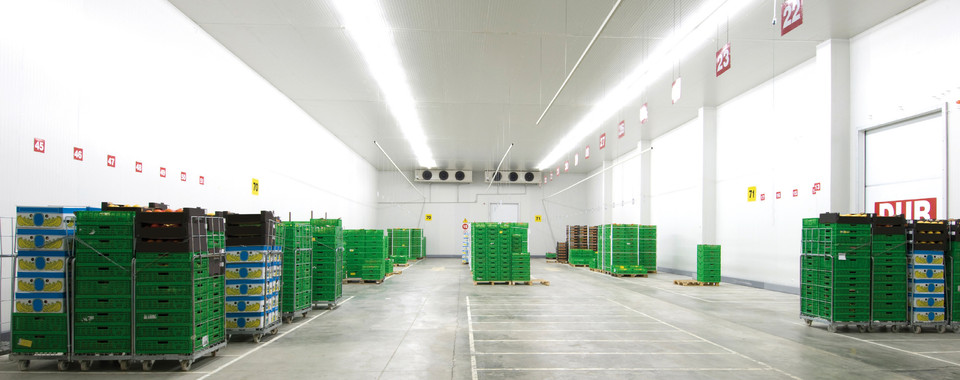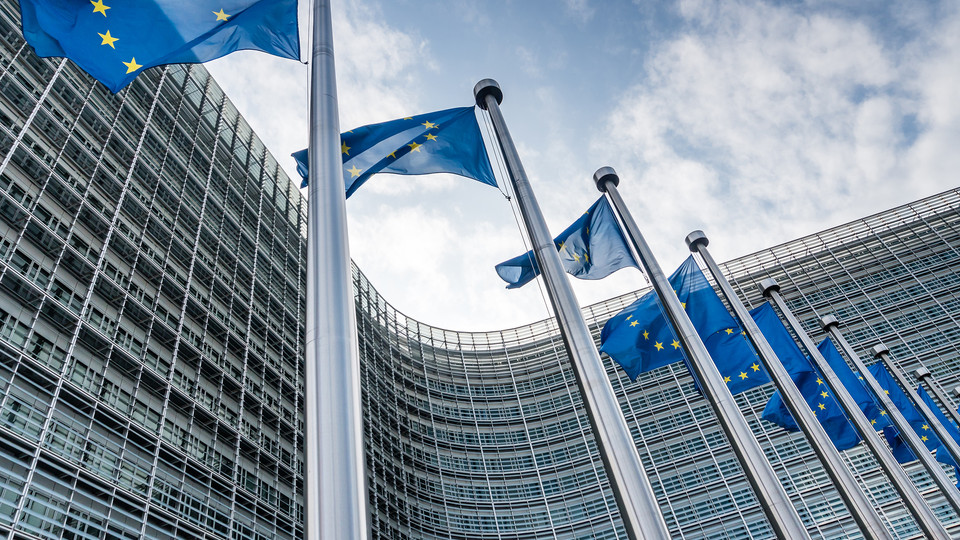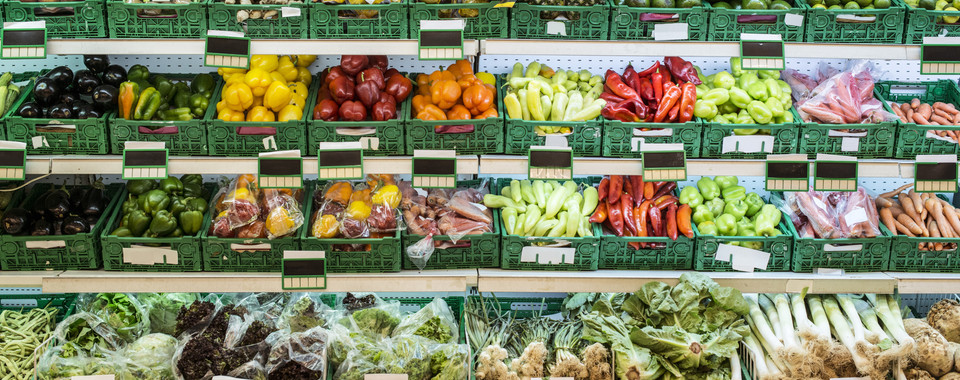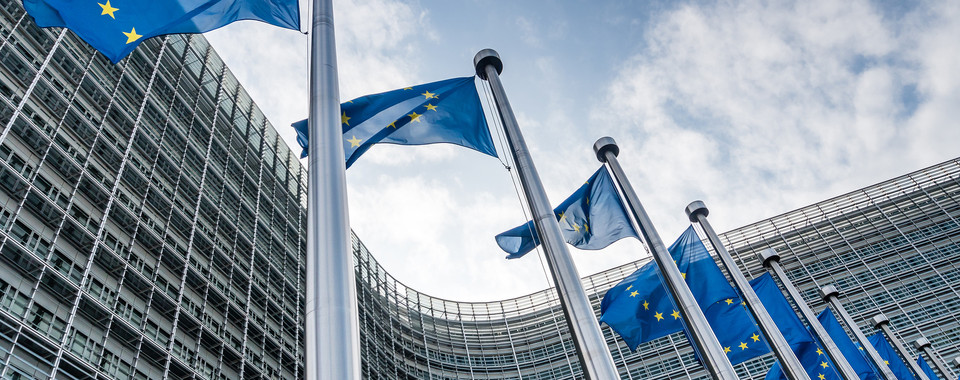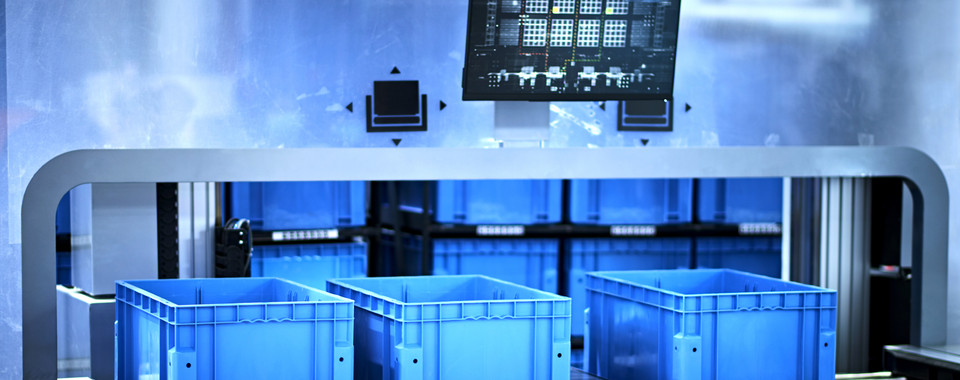The packaging industry is facing its biggest transformation in decades. With the new EU Packaging and Packaging Waste Regulation (PPWR) now officially adopted, reusable solutions are moving sharply into focus. The new PPWR has been finalized. Starting in 2030, binding reuse targets will take effect – including the B2B sector. Companies that have relied on single-use solutions will need to fundamentally rethink their processes. And time is running out, especially for those who need to build their own reusable packaging pools. Keep reading to discover what the new regulation requires, which deadlines you need to meet - and how smart systems like SYNCROTESS can help you turn these challenges into opportunities.
Reuse Becomes Mandatory - What the PPWR Means in Practice
With the PPWR, the EU is pursuing the goal of drastically reducing packaging waste and keeping packaging materials in circulation for as long as possible. The regulation defines binding reuse quotas for different types of packaging - graded according to area of application and time period.
The countdown is on:
- From 2030 (in the B2B sector), 100% of sales and transport packaging that circulates between sites of the same company, affiliated companies, or partner companies within the same country must be reusable.
The PPWR also sets clear limits for packaging that can reach end consumers, including consumer, transport, and e-commerce packaging. By 2030, a reuse rate of 40% must be achieved, rising to 70% by 2040. Outer packaging in crates (excluding cardboard) is also affected, with targets of 10% by 2030 and 25% by 2040. For beverage sales packaging, additional requirements apply - starting with 10% for final distributors by 2030 and increasing to 40% for the entire sector by 2040.
Although exemptions exist for micro-enterprises, hazardous goods, and very small retail areas, for most industrial companies one thing is clear: the time to act is now! Those who start planning early will not only ensure regulatory compliance but also gain a significant competitive advantage.
What Exactly Qualifies as “Reusable” Under the PPWR?
The requirement to design packaging for reuse is not solely tied to its material or shape. Instead, Article 11 of the PPWR outlines in detail which conditions must be met for packaging to be officially considered reusable under the regulation.
According to the PPWR, reusable packaging must withstand multiple cycles under realistic usage conditions, can be reconditioned for repeated use, and allows for clear labeling and traceability throughout its lifecycle.
In addition, the European Commission will define, by February 2027, minimum cycle thresholds for specific packaging formats. Companies will be required to demonstrate compliance with these criteria in their technical packaging documentation.
In practical terms, this means that many companies will no longer be able to avoid implementing a digital reuse strategy and an effective container management system.
What Are the Consequences of Non-Compliance?
One thing is clear: companies that fail to comply with the EU’s requirements must expect legal and financial consequences. However, the specific fines and sanctions have not yet been determined and will be regulated in future implementing regulations. It also remains unclear whether there will be transitional periods or if violations will be penalized starting directly in January 2030.
Despite this uncertainty, the reuse obligations should not be treated as a minor issue. Companies are strongly advised to address them early and systematically to avoid costly risks down the line.
Why the Time to Act Is Now
While the reuse targets are officially set for 2030, the practical groundwork must start today. This is because:
- Reusable containers need to be specified and procured,
- supply chains and partners must be integrated,
- logistics processes need to be reimagined,
- and digital infrastructures must be established.
Companies with high packaging volumes - such as those in the automotive industry or retail sector - will not be able to manage a reusable pool manually or through analog systems. Achieving the necessary levels of transparency, traceability, and control will require smart, digital solutions.
How SYNCROTESS Can Support Implementation
The intelligent container management system SYNCROTESS was designed precisely to meet challenges like these. It enables companies to efficiently manage, monitor, and allocate reusable packaging along the entire supply chain based on actual demand.
SYNCROTESS supports, among other things:
- the optimized, automated and intelligent control of container cycles,
- the prevention of unnecessary relocations and last-minute transports,
- the best possible utilization of the containers,
- audit-proof bookings,
- and the real-time allocation of containers according to demand.
All data related to the packaging cycle is recorded centrally, seamlessly, and in a transparent manner - and can be retrieved at any time if needed. Especially in view of the PPWR’s upcoming verification requirements, a digital solution like SYNCROTESS will become increasingly indispensable.
SYNCROTESS is not a stand-alone solution: it can be integrated into existing logistics systems and scales alongside the growth of the container pool. In doing so, it becomes a central element of a future-proof reuse strategy.
Conclusion: The PPWR Demands Action - But Also Creates Opportunities
The new EU regulation presents real challenges for companies - but it also offers the opportunity to rethink and optimize packaging processes. Those who act strategically today will secure advantages in compliance, efficiency, and sustainability tomorrow.
SYNCROTESS is one of several tools that can help companies manage this transformation - and it is specifically designed for the demands of complex, dynamic reuse systems.
